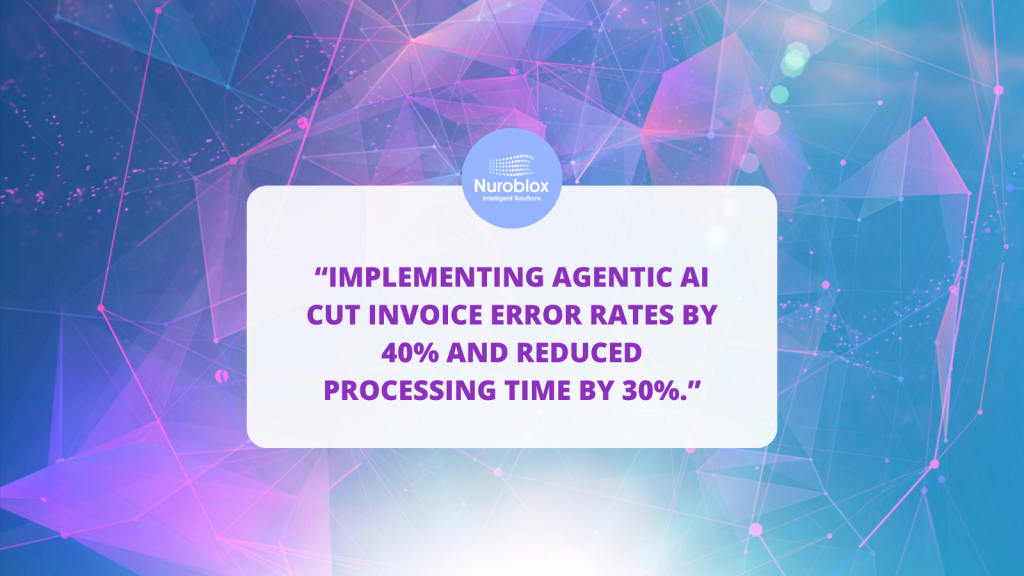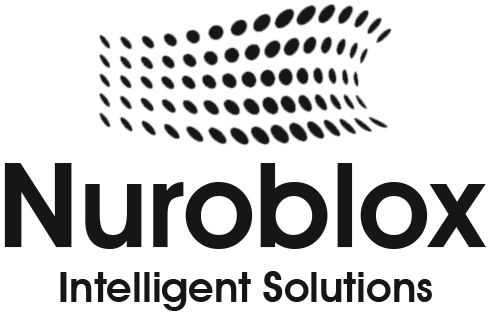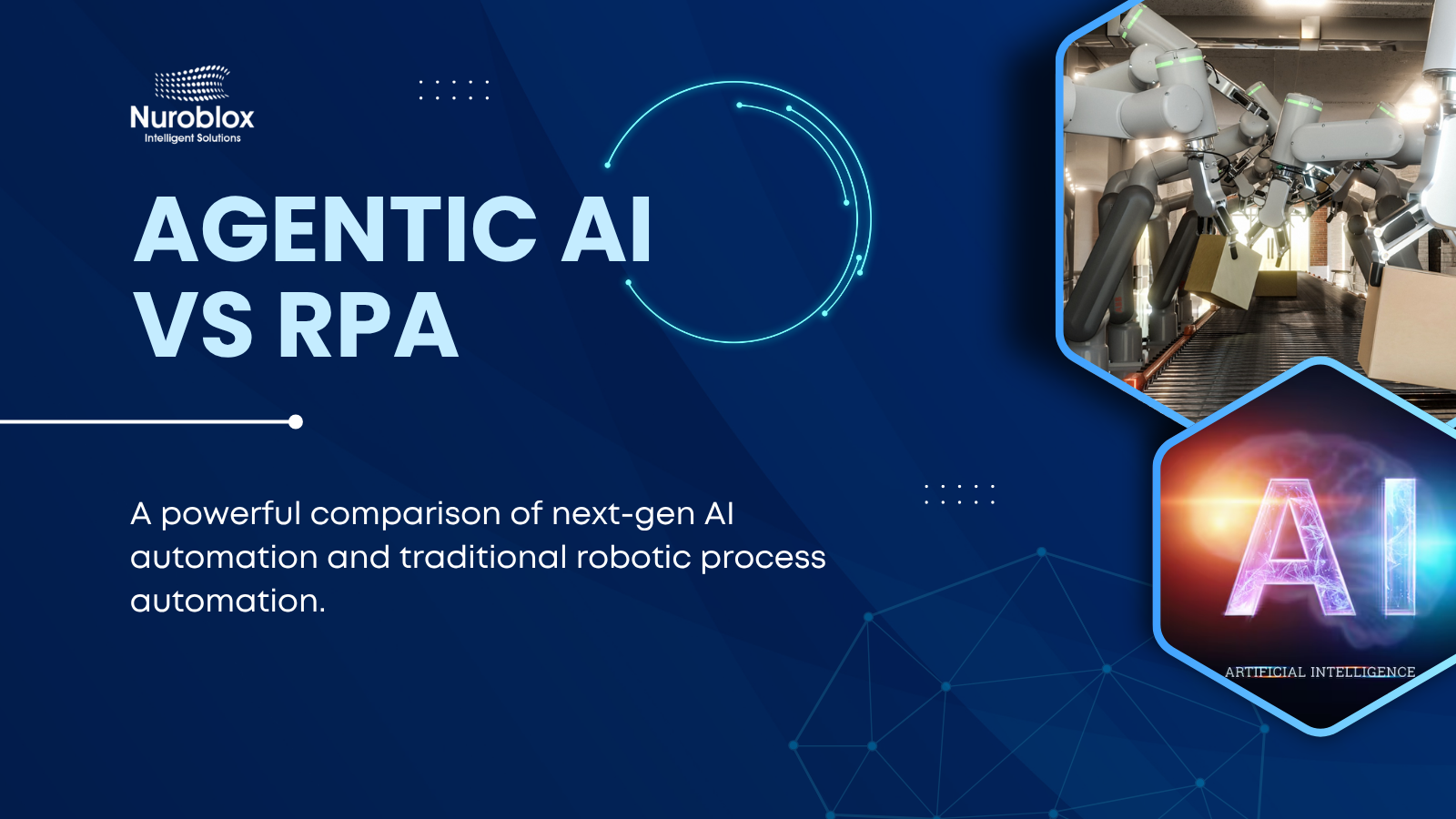Agentic AI Automation vs Traditional RPA: Powerful Comparison
In the fast-paced world of digital transformation, organizations face an urgent challenge: how to move
beyond rigid, rule-based automation into systems that truly think and adapt. Traditional RPA (Robotic
Process Automation) can streamline repetitive tasks, but it’s often fragile and limited in scope. That’s where Agentic AI Automation steps in, combining autonomy with artificial intelligence to deliver smarter, more resilient workflows.
In this post, you’ll explore the key contrast: Agentic AI Automation vs Traditional RPA. You’ll discover
how each works, their respective strengths and weak points, real-world use cases, and practical guidance
to choose the best fit for your business. Let’s transform how you approach automation efficiently and
intelligently.
What Is Traditional RPA?
Traditional RPA refers to software robots that follow predefined rules to mimic human actions, like clicking
buttons, copying data, or navigating forms. These bots are excellent in structured environments such as
invoice entry or data transfer between systems.
Advantages:
- Fast to deploy, low-code approach
- Cost-effective for repetitive, simple tasks
- Minimal IT involvement for setup
Limitations:
- Breaks easily if UI or workflow changes, even slightly
- Unable to handle unstructured or unpredictable content
- High maintenance as automation scales
What Is Agentic AI Automation?
Agentic AI Automation elevates traditional automation. Instead of rigid scripts, it leverages AI agents that can perceive, reason, and act autonomously. These agents learn from data, adapt to changes, and make decisions without explicit programming.
Key capabilities:
- Handling unstructured formats (emails, PDFs, natural language)
- Learning from new data, improving over time
- Self-correcting and resilient to change

Let’s break it down using a featured-snippet ready structure:
1. Decision Making
- Traditional RPA: Operates on fixed, prebuilt rules.
- Agentic AI: Learns, adapts, and makes autonomous choices.
2. Scalability
- Traditional RPA: Requires manual rule updates to expand.
- Agentic AI: Scales via continuous learning loops.
3. Flexibility
- Traditional RPA: Rigid, breaks with any process or UI change.
- Agentic AI: Adapts dynamically to workflow variances.
4. Maintenance
- Traditional RPA: Constant manual tuning needed.
- Agentic AI: Lower upkeep through self-correction.
Benefits and Limitations
Agentic AI Automation – Benefits
- Manages unstructured and evolving content seamlessly
- Reduces long-term maintenance investment
- Enables cognitive process handling and enhanced decisioning
Agentic AI – Limitations
- Higher development complexity and AI training overhead
- Considerable hardware and data needs
- Requires organizational maturity for implementation
Traditional RPA – Benefits
- Fast setup for repetitive, structured tasks
- Clear ROI for routine workflows
- Simpler architecture, smaller learning curve
Traditional RPA – Limitations
- Inflexible in dynamic environments
- High total cost of ownership as scale increases
- Lacks intelligent or learning capabilities
Real-World Use Cases
Customer Support Automation
- Traditional RPA populates forms or triggers canned responses.
- Agentic AI comprehends message intent, routes queries intelligently, and learns language nuances over time.
Invoice Processing
- RPA handles fixed-format invoices with structured data.
- Agentic AI extracts key info from variable or anomaly-laden documents, flagging exceptions automatically

How to Choose: A Smart Decision Guide
Follow this step-by-step decision framework:
1. Assess task structure:
- Structured and repeatable → RPA
- Unstructured or evolving → Agentic AI
2. Evaluate change frequency:
- Rare changes → RPA is efficient
- Constant change → Agentic AI offers adaptability
3. Analyze ROI horizon:
- Immediate returns (weeks) → RPA may suffice
- Long-term scalability → Agentic AI yields compounding value
4. Match organizational maturity:
- Lower process maturity → RPA fits
- High data maturity and decentralized processes → Agentic AI is ready


